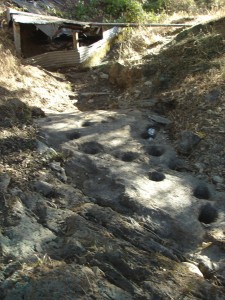Whether your project site is located in the proximity of a previously discovered archaeological resource or, for example, discovered when a backhoe operator unearths the remnants of an ancient ceremonial location, it is likely to require an archaeological survey.
Archaeological surveys may involve both field research and archival research.

As summarized in the California Parks and Resources website, “The cultural complexity of ancient California is unmatched in North America.” This reality must be a component in your pre-project considerations.
And, it isn’t just human activity. Dinosaurs roamed the state millions of years ago and, much later, dire wolves and sabre tooth tigers sought prey in present-day Los Angeles. The famous La Brea tar pits bear evidence of their activity. Paleontology excavation sites are scattered throughout the state and the potential impact of an unexpected “find” should be a contingency in your project plan.
These are areas where our experience and knowledge can add value to your project.
An archaeology study or survey will identify and gather the necessary information related to archaeological and paleological resources in an area. Monitoring activities ensure that what has been discovered is properly addressed and considered.
Evaluation is conducted to determine if what has been discovered meets legal criteria for significance and, if so, how preservation and/or protection should proceed.
Finally, data preservation ensures whatever information is discovered at the site can be preserved if the project’s activity will have an adverse future effect.
Contact us and we can explain how this area of the CEQA impacts your project.

